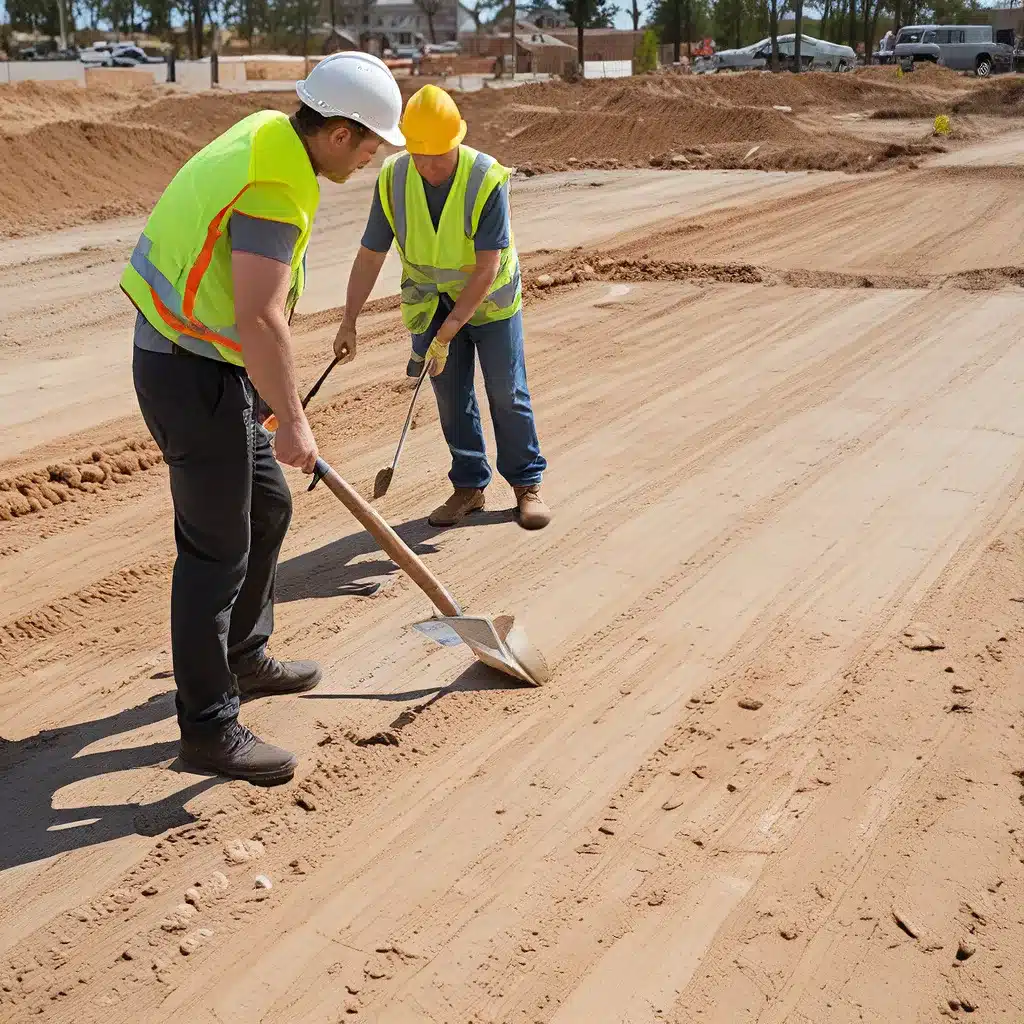
As a seasoned general contractor, I’ve seen the construction industry go through its fair share of ups and downs. But the past few years have been a real rollercoaster ride, with challenges that would make even the most experienced professionals dizzy. From supply chain disruptions to soaring material costs, the landscape is shifting faster than a contractor can pour a concrete foundation.
Weathering the Storm of Supply Chain Chaos
Remember the good old days when you could just call up a supplier, place an order, and have the materials delivered in a jiffy? Those days feel like a distant memory now. These days, it’s more like playing a high-stakes game of Tetris, trying to piece together a project when the crucial building blocks are constantly delayed or out of stock.
As one of my clients recently shared, the shortage of essential building materials has been a major thorn in their side. “We supply kitchens with integrated appliances, and the delays in getting our hands on those appliances and other materials have really put a wrench in our plans,” they lamented. “It’s like trying to build a house of cards, but the cards keep disappearing before we can even start.”
And it’s not just them – the entire industry seems to be suffering from these supply chain woes. Brexit-related disruptions, pandemic-induced shipping issues, and a surge in post-lockdown construction projects have all combined to create the perfect storm of material shortages. It’s enough to make a general contractor want to throw in the hard hat and find a new career.
Navigating the Treacherous Terrain of Pricing
If the supply chain challenges weren’t enough, there’s another beast lurking in the construction jungle: rising costs. In the current inflationary environment, it feels like every time you turn around, the price of labor, materials, and energy has gone up. And let’s not forget about those pesky “unanticipated delays” that inevitably lead to cost overruns.
As my client shared, “Projects are often liable to cost overruns due to low initial estimates, fluctuations in material costs, and unanticipated delays. The current inflationary environment and associated cost increases in labor and materials is inevitably creating additional pressure on margin.” Ouch. That’s enough to make even the most seasoned general contractor break a sweat.
The tricky part is trying to balance these rising costs with the need to remain competitive and maintain a healthy profit margin. It’s a delicate dance, and one that requires the skills of a master choreographer. Do you pass the increases on to the client and risk losing the job? Or do you try to absorb the costs and watch your bottom line dwindle?
Navigating the Treacherous Terrain of Cash Flow
As if the supply chain and pricing challenges weren’t enough, the construction industry is also grappling with a serious cash flow crisis. According to the case study, late payments from customers have further eroded the available funds that should otherwise have been available, making it difficult for contractors to meet their financial obligations.
It’s a vicious cycle, really. The delays and cost overruns eat into a contractor’s cash reserves, and the late payments from clients only compound the problem. Suddenly, it feels like the whole house of cards is about to come tumbling down.
And let’s not forget about the impact this has on the rest of the supply chain. As my client pointed out, “Undoubtedly this will have had a knock-on effect down the chain to other suppliers and subcontractors.” It’s a domino effect that can leave even the most well-established general contractors feeling like they’re teetering on the edge of a cliff.
Navigating the Path Forward
Despite all the challenges, I’m not ready to throw in the towel just yet. The construction industry has always been a resilient one, and I believe that with the right strategies and a little bit of grit, we can navigate this shifting landscape and come out on top.
As the case study suggests, early engagement with financial and legal experts is crucial in expanding the list of options available to overcome corporate stress and liquidity issues. It’s all about being proactive and not waiting until the last minute to address these challenges.
For example, one strategy could be to explore alternative financing options, like working capital loans or factoring, to help bridge the cash flow gaps. Another option might be to partner with a general contracting firm that has a strong track record of navigating these turbulent waters and can provide the expertise and resources to help you weather the storm.
And let’s not forget the importance of staying on top of the latest industry trends and best practices. Attending industry conferences, networking with fellow contractors, and investing in ongoing training and education can all help you stay agile and adaptable in the face of change.
Embracing the Chaos with Optimism
At the end of the day, the construction industry is no stranger to challenges. We’ve weathered economic downturns, regulatory changes, and even the occasional act of nature. And I believe that with the right mindset and the right strategies, we can navigate this shifting landscape and come out stronger than ever.
So, let’s roll up our sleeves, put on our hard hats, and embrace the chaos. Because when the dust settles, the rewards of a job well done will be all the sweeter. Here’s to navigating the shifting landscape of general contracting and coming out on top!
Related posts:
No related posts.




